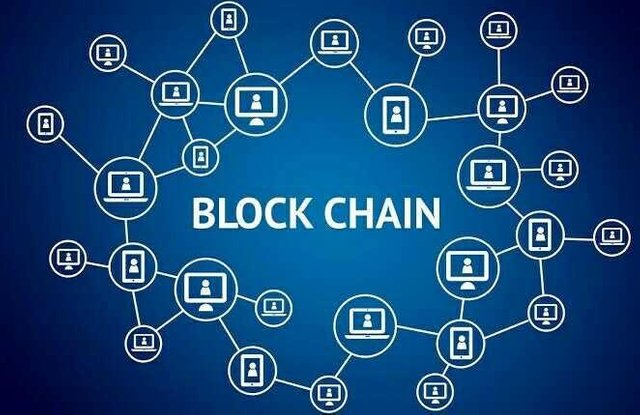Beautiful BLOCKCHAIN ( Part - I )

The bitcoin network has attracted attention from almost all industries and experts due to its variable market value. These captains of industry and the experts are trying to figure out how this technology can be adapted to and integrated with their work.
The dictionary definition of blockchain is, “A digital ledger in which transactions made in bitcoin or another cryptocurrency are recorded chronologically and publicly.” This definition is derived from the most popular implementation of blockchain technology— the bitcoin. But blockchain is actually not bitcoin. Let’s have a look at blockchain technology, in general.
Distributed ledger technology (DLT) Distributed ledger technology includes blockchain technologies and smart contracts. While DLT existed prior to bitcoin or blockchain, it marks the convergence of a host of technologies, including the time-stamping of transactions, peer-to-peer (P2P) networks, cryptography, shared computational power, as well as a new consensus algorithm. In short, distributed ledger technology is generally made up of
three basic components: A data model that captures the current state of the ledger. A language of transactions that changes the ledger state. A protocol used to build consensus among participants
around which transactions will be accepted by the ledger and in what order.
What is blockchain technology?
Blockchain is a specific form or sub-set of distributed ledger technologies, which constructs a chronological chain of blocks; hence the name ‘blockchain’. A block refers to a set of transactions that is bundled together and added to the chain at the same time.
A blockchain is a peer-to-peer distributed ledger, forged by consensus, combined with a system for smart contracts and other assistive technologies. Together, these can be used to build a new generation of transactional applications that establish trust, accountability and transparency at their core, while streamlining business processes and legal constraints.
The blockchain then tracks various assets, the transactions are grouped into blocks, and there can be any number of transactions per block. A block commonly consists of the following four pieces of metadata: The reference to the previous block The proof of work, also known as a nonce The time-stamp The Merkle tree root for the transactions included in this block
Is a blockchain similar to a database?
Blockchain technology is different from databases in some key aspects. In a relational database, data can be easily modified or deleted. Typically, there are database administrators who may make changes to any part of the data or its structure and even to relational databases. A blockchain, however, is a write-only data structure, where new entries get appended onto the end of the ledger. There are no administrator permissions within a blockchain that allow the editing or deleting of data. Also, the relational databases were originally designed for centralised applications, where a single entity controls the data. In contrast, blockchains were specifically designed for decentralised applications.
This user is on the @buildawhale blacklist for one or more of the following reasons: